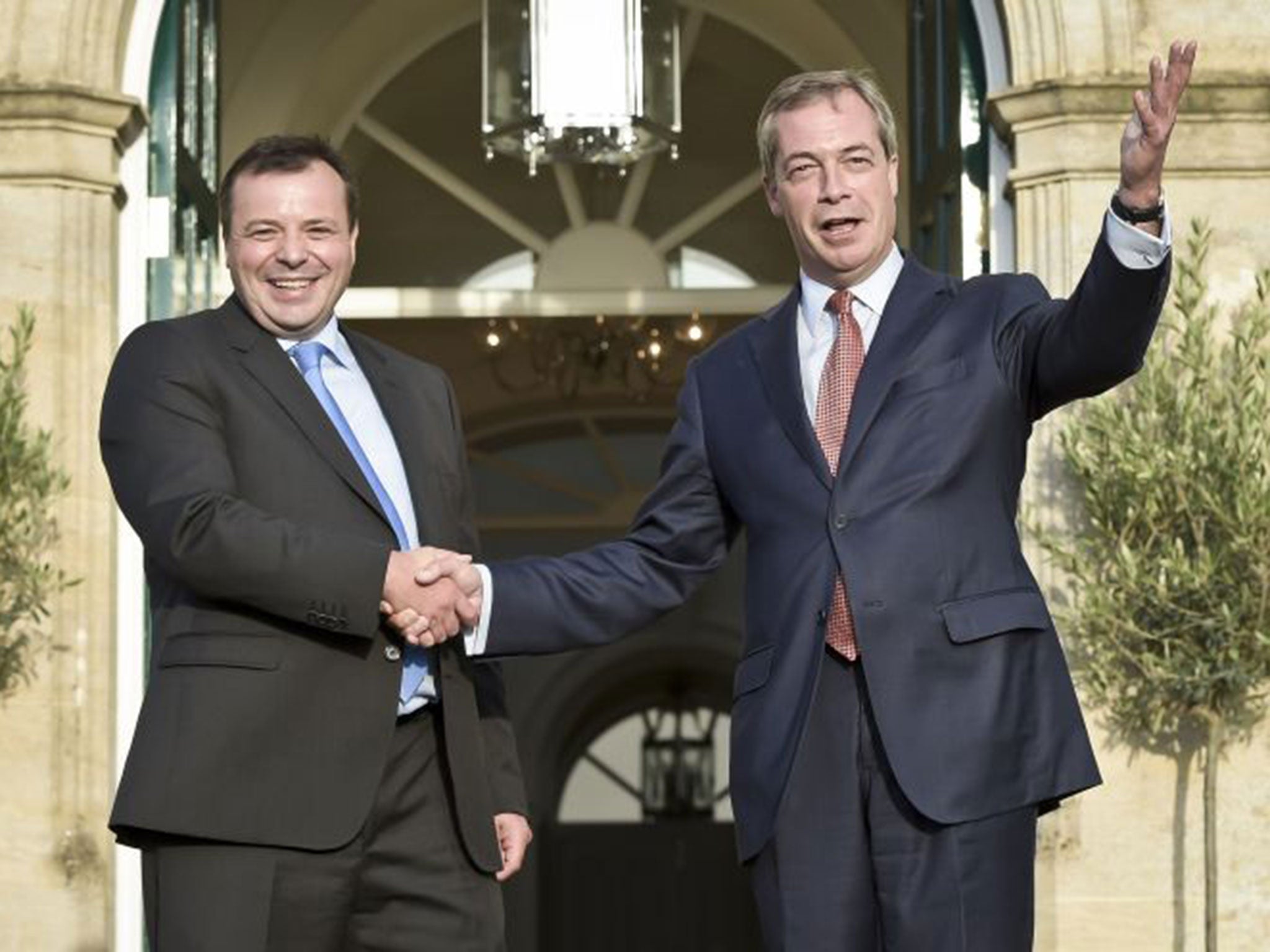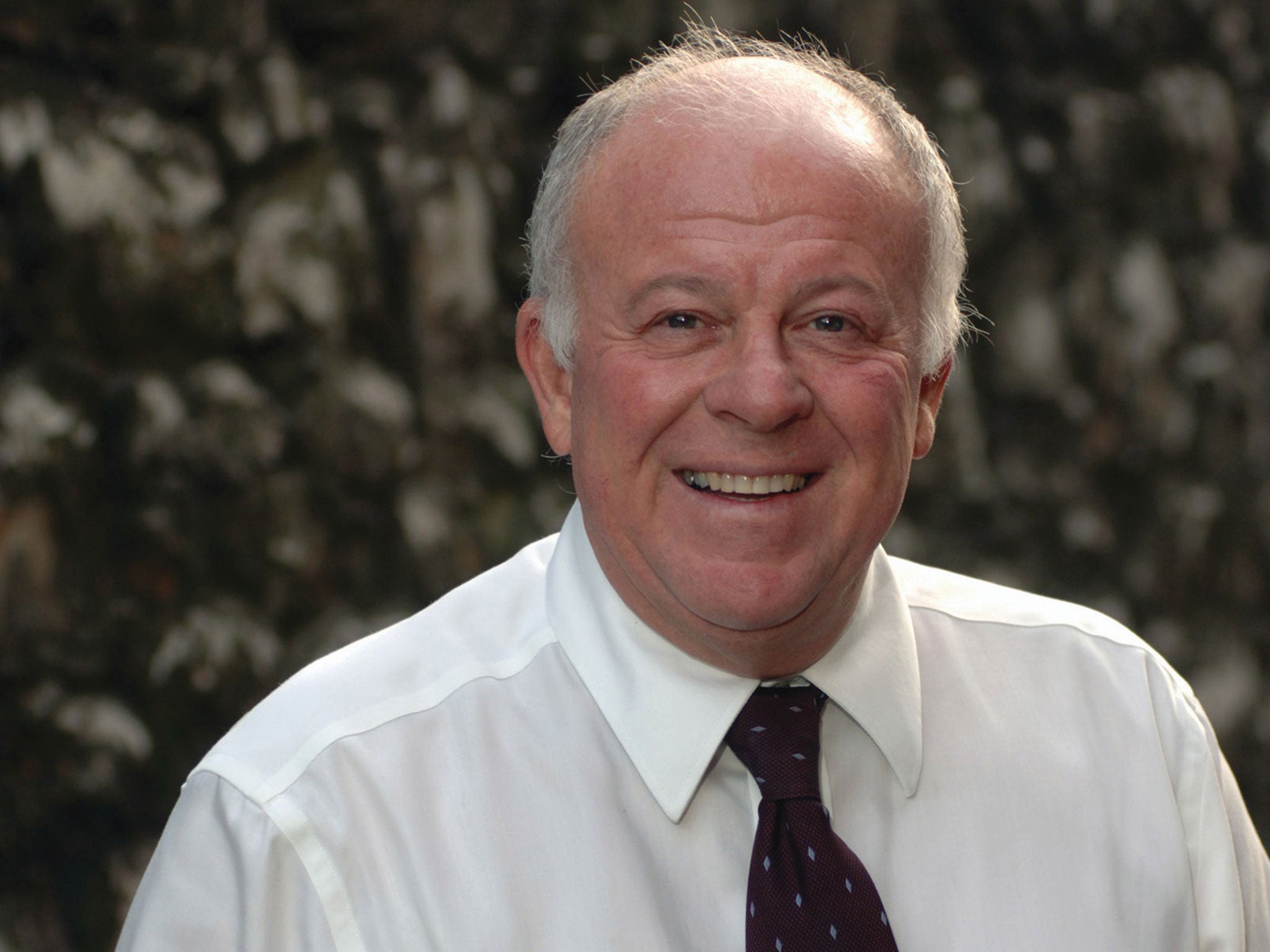More than half of donations to EU referendum campaigns came from just ten wealthy donors
Campaigners talk of 'a dangerous place for democracy' and raise fears of political debate becoming vulnerable to 'capture' by a small, influential 'millionaires club'

Your support helps us to tell the story
From reproductive rights to climate change to Big Tech, The Independent is on the ground when the story is developing. Whether it's investigating the financials of Elon Musk's pro-Trump PAC or producing our latest documentary, 'The A Word', which shines a light on the American women fighting for reproductive rights, we know how important it is to parse out the facts from the messaging.
At such a critical moment in US history, we need reporters on the ground. Your donation allows us to keep sending journalists to speak to both sides of the story.
The Independent is trusted by Americans across the entire political spectrum. And unlike many other quality news outlets, we choose not to lock Americans out of our reporting and analysis with paywalls. We believe quality journalism should be available to everyone, paid for by those who can afford it.
Your support makes all the difference.More than half the donations made in the EU referendum campaign came from just ten wealthy donors, new research has found.
The open government organisation Transparency International said its findings would increase fears about public debate, particularly the EU referendum, being prone to “political capture” by a small “millionaires club” of ultra-wealthy individuals.
In its report Take back Control: How big money undermines trust in politics, the campaign group found that of the £31,834,885 donated to both sides during the referendum, £16, 444, 905 – about 52 per cent – came from just 10 individuals or companies.
While the biggest individual donor Lord David Sainsbury, the supermarket heir ennobled by Tony Blair, gave £4.2 million to Remain, pro-Brexit donors outnumbered EU supporters by six to four in the big money top ten.
The various Leave campaigns received £9,471,671 from donors in the top ten – nearly £2.5 million more than the £6,973,234 total given by Lord Sainsbury, the Trailfinders travel company, the hedge fund owner David Harding and the financier Mark Coombs.
Leave’s greater share of elite donations was also matched by its dominance of the overall amounts given during the referendum. Leave received £17.5 million of all donations - almost exactly one vote for every pound given towards the Brexit campaign - compared to Remain’s £14.2 million.
Transparency International also found that 95 per cent of all money raised during the referendum campaign came from just 100 donors – a tiny fraction of the millions who voted on June 23.
Although all the donations were entirely legal, Transparency International’s own polling found that 76 per cent of the public now think wealthy individuals are using influence on government to benefit their own interests.
Commenting on the EU referendum campaign, Duncan Hames, the director of policy at Transparency International UK, said: “The debate around the biggest question we have faced in a generation was financed by an astonishingly small group of exceptionally wealthy donors. That’s a dangerous place for any democracy.
“It illustrates the general dependency of our country’s political parties on a millionaires club of some 50 donors.”
The top 10 donors during the EU referendum campaign:
| Donor Name | £ Amount Donated to referendum campaigners (1st Jan – 30th June 2016) |
| David Sainsbury (Remain) | 4,223,234 |
| Peter Hargreaves (Brexit) | 3,200,000 |
| Better for the Country (Brexit) | 2,060,375 |
| Jeremy Hosking (Brexit) | 1,691,296 |
| Diana Van Nievelt Price (Brexit) | 1,000,000 |
| Trailfinders Limited (Remain) | 1,000,000 |
| David Harding (Remain) | 1,000,000 |
| International Motors Ltd (Brexit) | 850,000 |
| Mark Coombs (Remain) | 750,000 |
| J C Bamford Excavators Ltd (Brexit) | 670,000 |
The biggest pro-Brexit donor was Peter Hargreaves, co-founder of the investment services company Hargreaves Lansdown, who gave £3.2m to Leave.EU, the unofficial campaign group associated with Nigel Farage, to help it send publicity material to 15 million households.
Ironically, Mr Hargreaves saw millions temporarily wiped off his fortune in the immediate aftermath of the Brexit vote when shares in Hargreaves Lansdown dropped so dramatically that the company’s market value fell £400 million in two days. The share price later recovered and Mr Hargreaves insisted he had no regrets about his donation, saying: “I didn’t do this for personal gain. I thought it would first and foremost be good for Britain.”

The second largest Brexit donation, of just over £2 million, came from the company Better for the Country, whose directors include Arron Banks, the co-chair of Leave.EU.
Mr Banks, the founder of Eldon Insurance Services, is a former Conservative supporter who defected to Ukip in September 2014 by giving Nigel Farage’s party £1 million.
Another Better for the Country director is Andrew Wigmore, Leave.EU’s former communications chief. The managing director of his own media group, Mr Wigmore also has a diplomatic position with the Belize High Commission in London, promoting trade and investment into the former British colony.
Brexit donors in Transparency International’s top ten also include the private equity investor Jeremy Hosking, and Diana Van Nievelt Price, who in 2005 reportedly bid £440,000 - 15 times over the estimated value – for a painting of Margaret Thatcher at a Conservative fundraising ball.
The tenth biggest donor, giving £650,000, according to Transparency International, was the construction equipment maker JCB, whose chairman Lord Bamford wrote to the company’s 6,500 UK employees to explain why he supported Brexit, while stressing: “How you vote is entirely a decision for you.”
The reach of big donors was perhaps shown in May when Better for the Country was fined £50,000 by the Information Commissioner for sending more than 500,000 unsolicited text messages urging people to back its Brexit campaign.
Leave.EU said it would appeal, and Better for the Country said some of the texts had been sent to people who had registered as supporters of the campaign on its website, while the rest went to individuals whose details had been obtained in good faith from a third party data supplier.
The authors of the Transparency International report said that since Better for the Country was only created in May 2015, it did not need to file annual accounts until February 2017, making it harder to see exactly where its money was coming from before people voted in the referendum.
Join our commenting forum
Join thought-provoking conversations, follow other Independent readers and see their replies
Comments